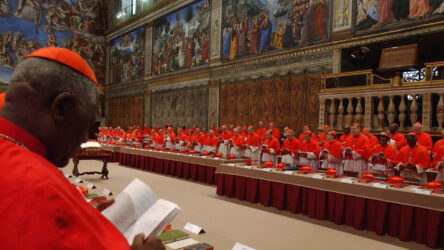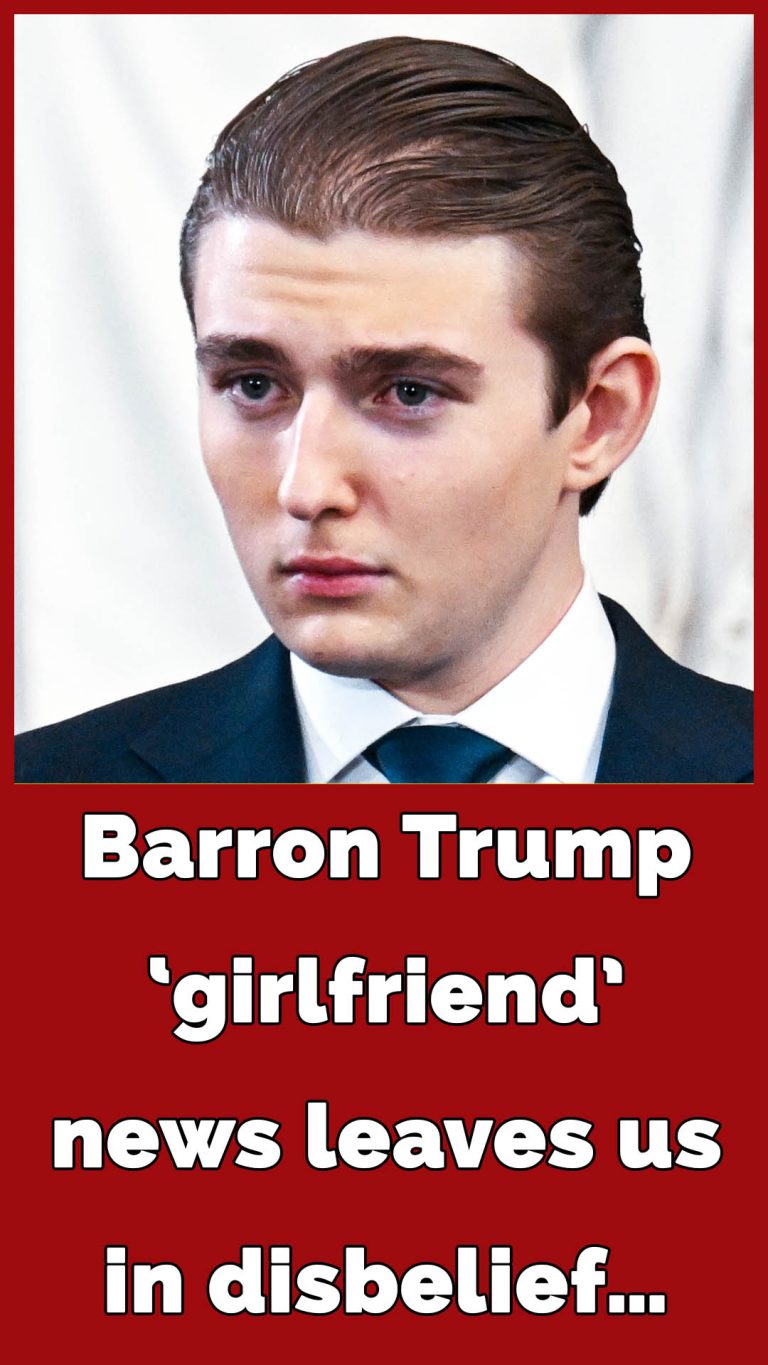

The College of Cardinals will cast as many as four ballots in a single day for the next pope, with a two-thirds majority required to elect a pontiff. After each vote, the ballots are burned and smoke is released from the Sistine Chapel’s chimney as a signal to the throngs holding vigil in St. Peter’s Square. Black smoke — fumata nera in Italian — indicates an inconclusive vote, while white smoke — fumata bianca — will signify that a new pope has been elected. If three days pass with no pope elected, voting can be suspended for a day to allow the cardinals time for reflection before the next round of ballots are cast.
Once the College of Cardinals elects a new pope, the candidate is formally asked in the Sistine Chapel if he accepts the election and, if so, to choose his papal name. While popes have the option of keeping their baptismal name, every pope for the last 470 years has chosen to change his name, usually to honor a predecessor and to signal their intention to emulate his example.
The interregnum ends when the newly elected pope makes his first public appearance in his new role, stepping onto the central balcony at St. Peter’s Basilica, overlooking St. Peter’s Square, to bless the gathered crowd there after being introduced by the senior cardinal deacon with the traditional declaration “Habemus papum” Latin for “We have a pope.”


